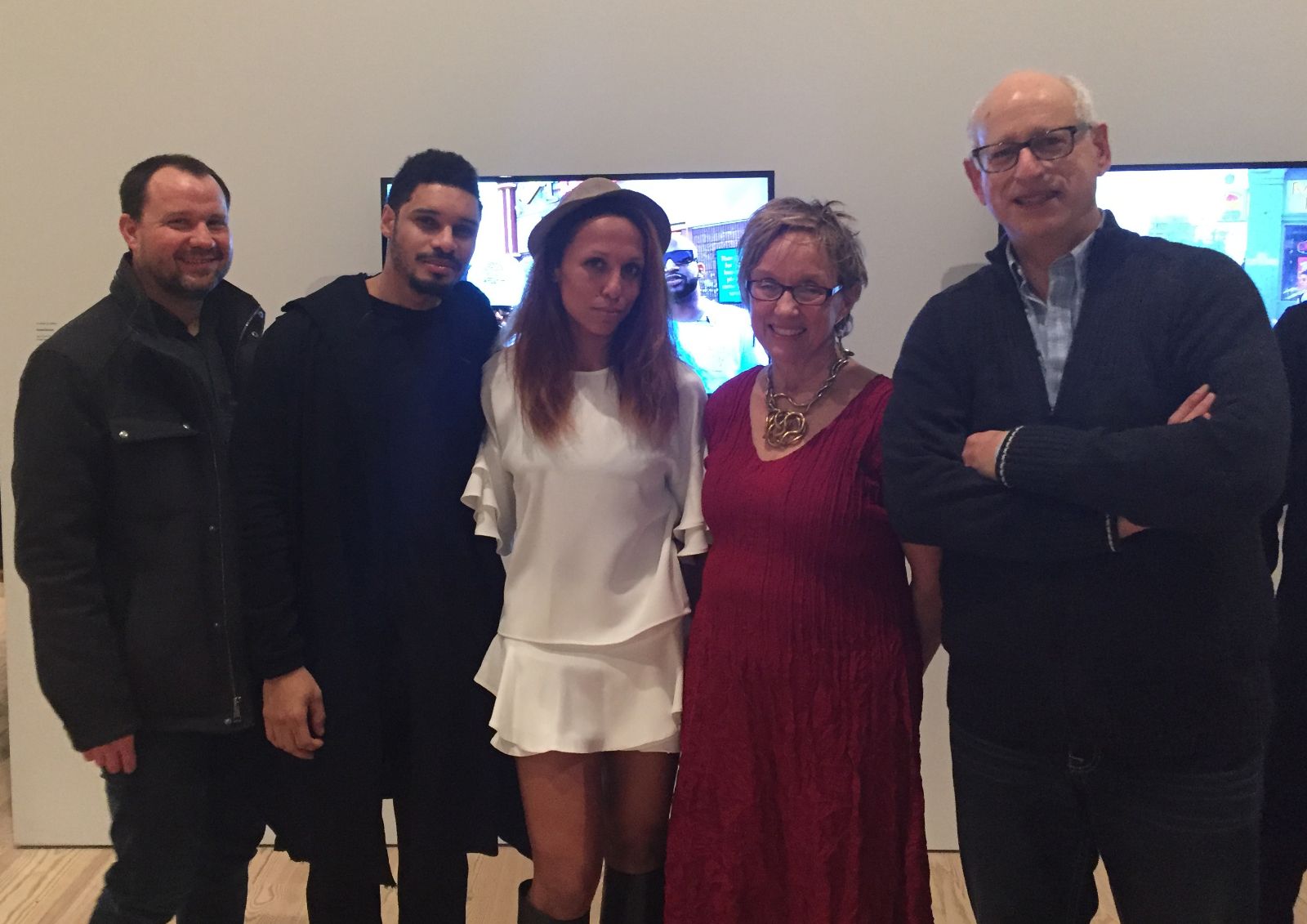Anthropology doctoral student presents at the Whitney Museum of Art
Maya Stovall, Wayne State anthropology graduate student, is one of several artists to present at this year's Whitney Biennial. Her work employs a mix of anthropological observation and urban intervention to create what she considers performance and ethnography. Stovall's current research focuses on Detroit, where she grew up.

The Whitney Biennial is a biennale exhibition of contemporary American art, typically by young artists, on display at the Whitney Museum of American Art in New York City, United States. The event began as an annual exhibition in 1932, the first biennial was in 1973.
The Whitney Show is generally regarded as one of the leading shows in the art world, often setting or leading trends in contemporary art. It helped bring artists like Georgia O'Keeffe, Jackson Pollock and Jeff Koons to prominence. The 2017 Whitney Biennial is the seventy-eighth installment of the longest-running survey of American art. This year the exhibit features 63 artists.
The subjects in her video for the 2017 Biennial are her neighbors in the McDougall-Hunt area on the city's east side. In Liquor Store Theatre, she dances on the sidewalks and streets outside neighborhood liquor stores, combining elements of ballet and contemporary movement. After each performance, she invites her audience – largely these establishments' patrons and other passersbys – to share their recollections of and predictions for Detroit, which she records on video.
The artist focused on liquor stores in particular because they serve as hubs of both commerce and community, with individuals selling clothing, electronic goods, and other everyday items in their immediate vicinity. They are, in Stovall's words, "a backstage view of ongoing life in a neighborhood, in spite of narratives of abandonment.